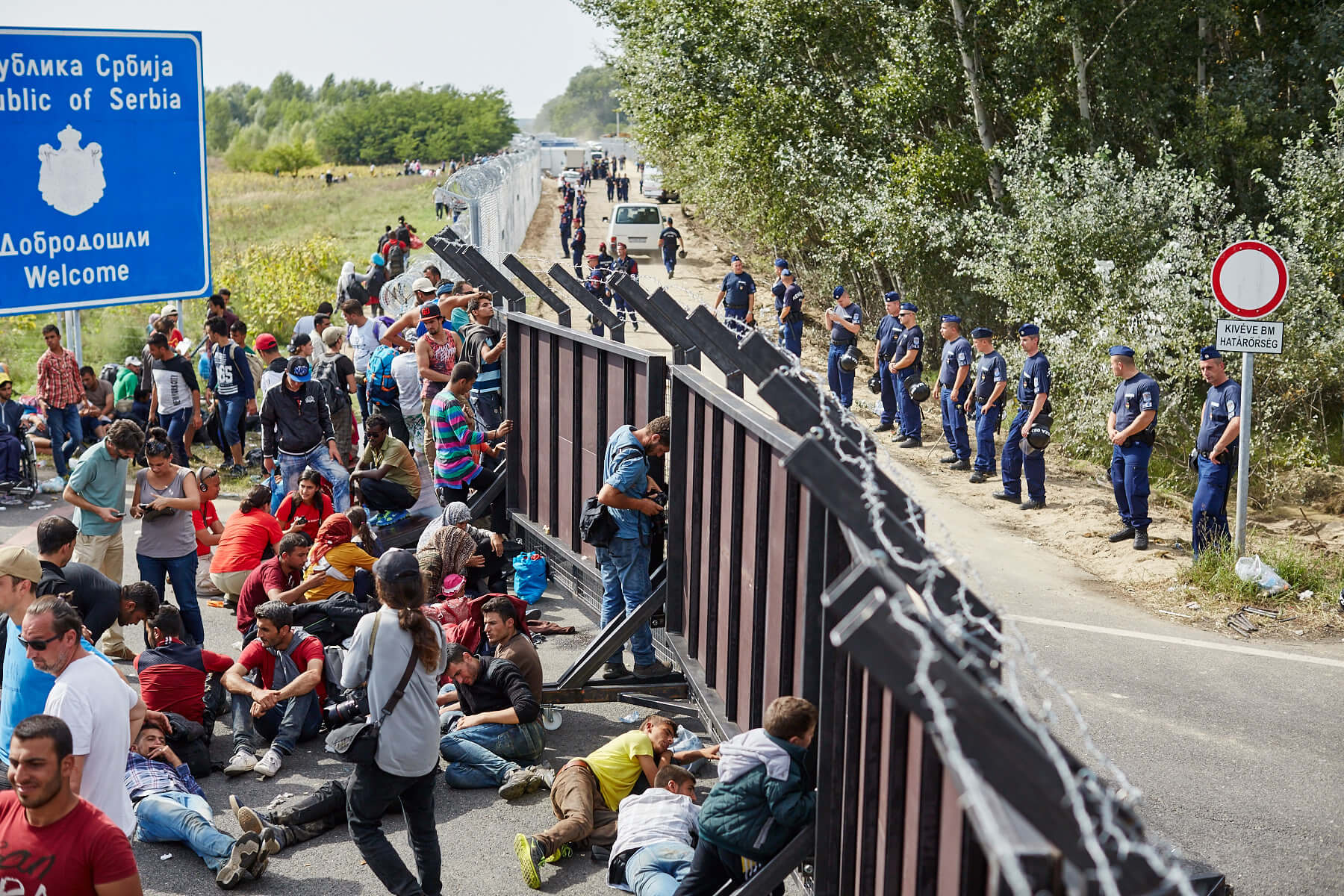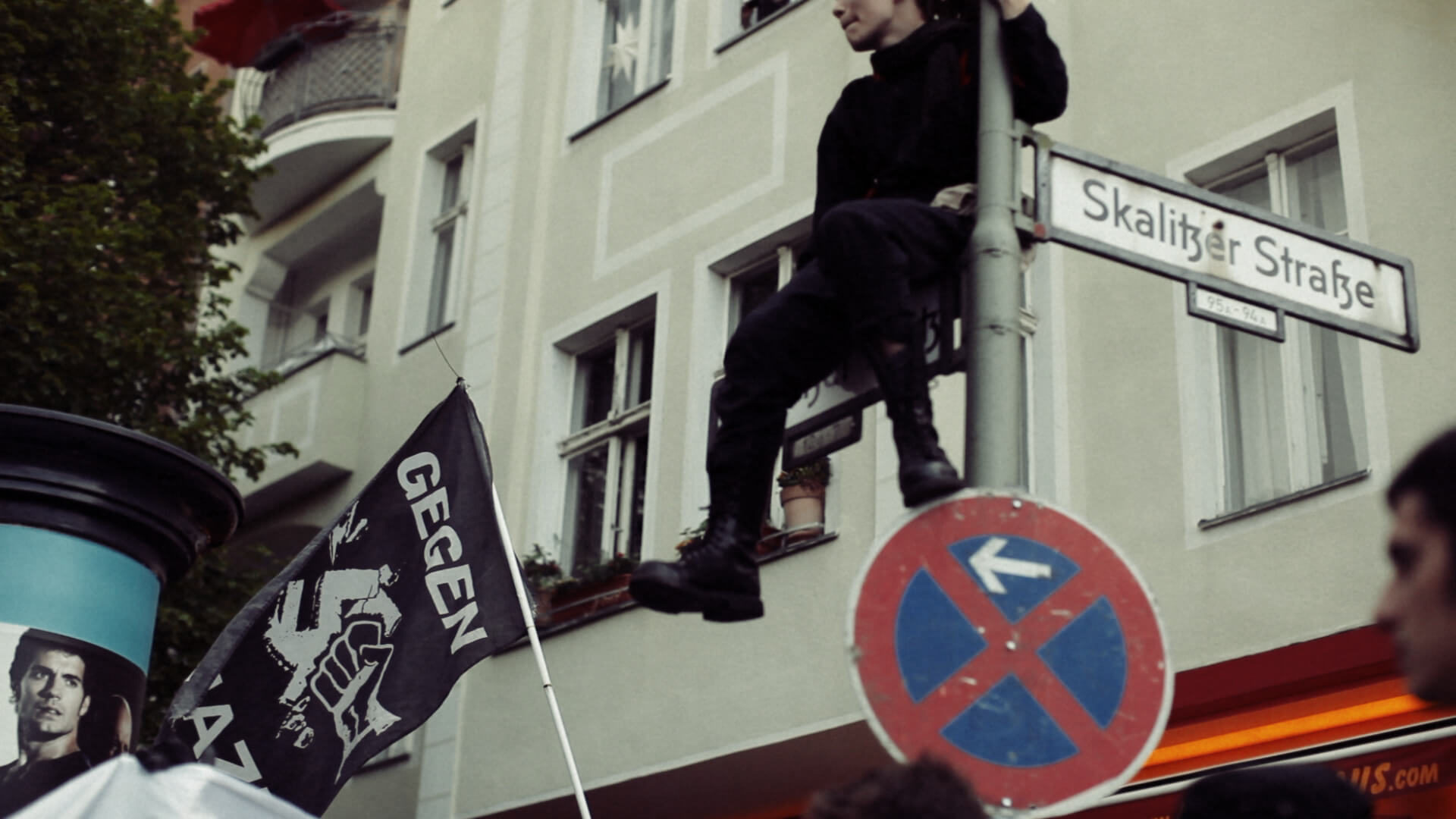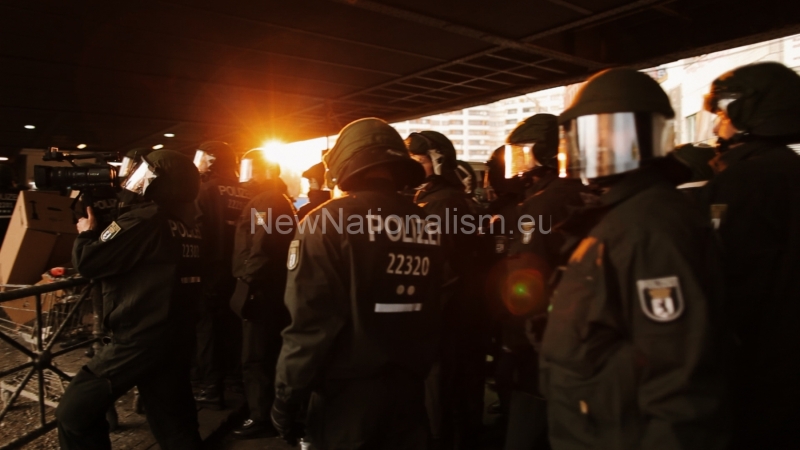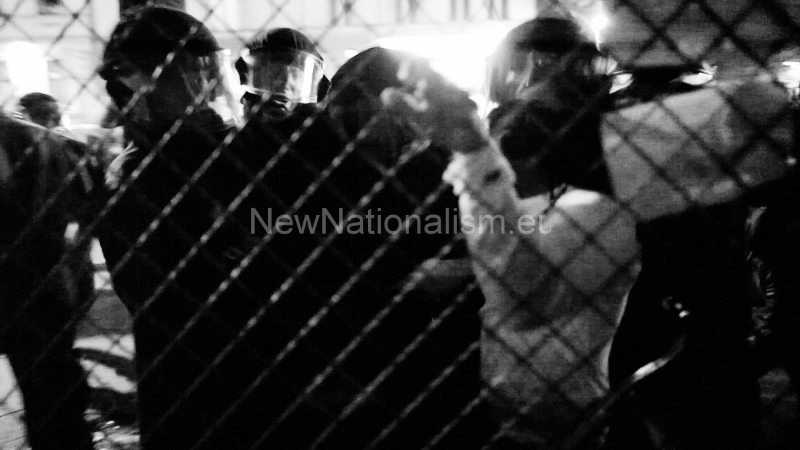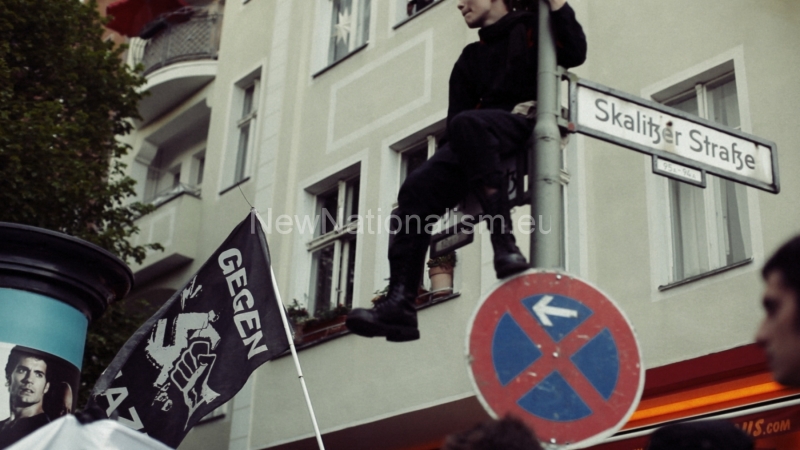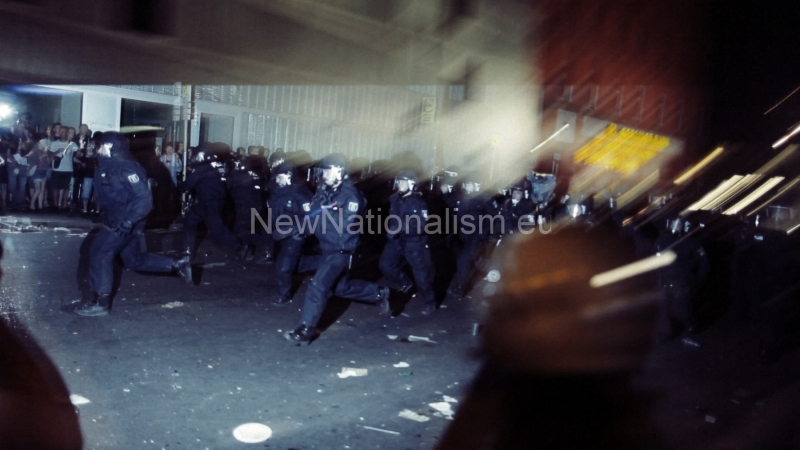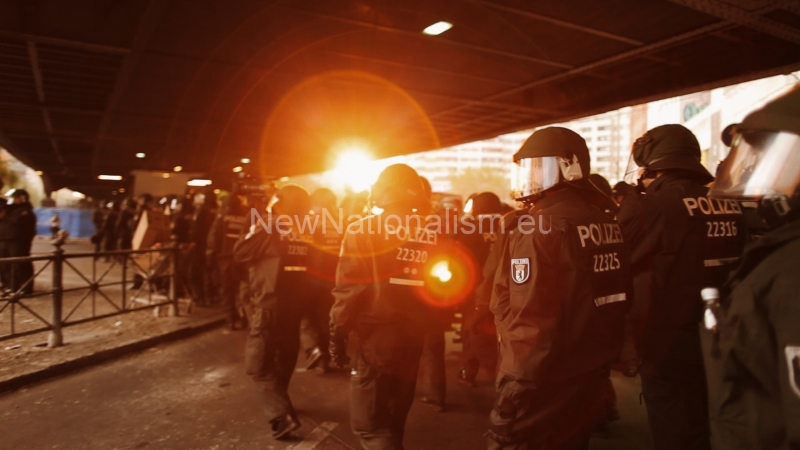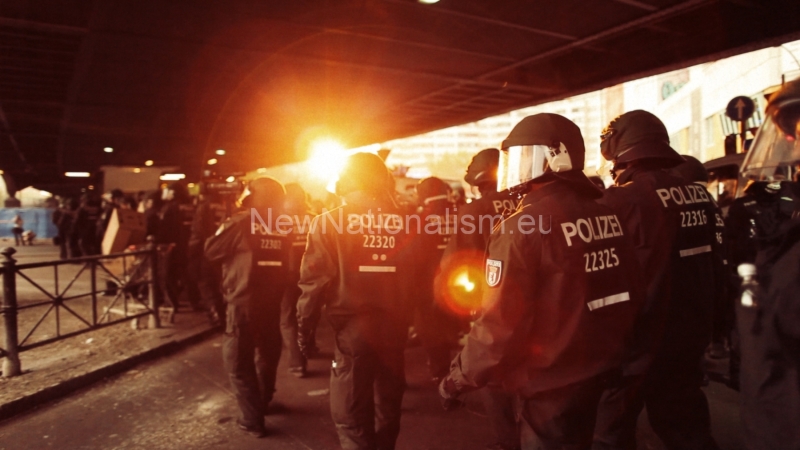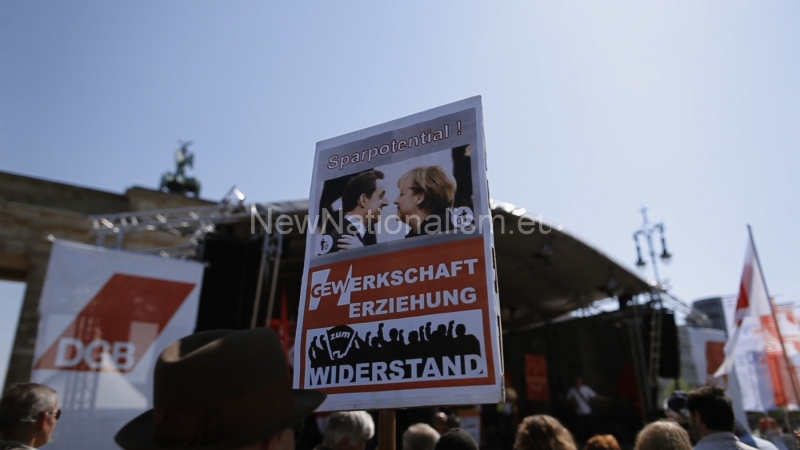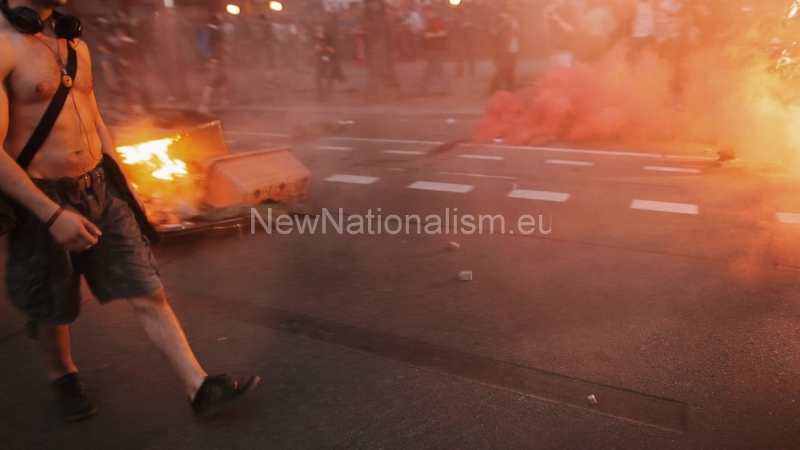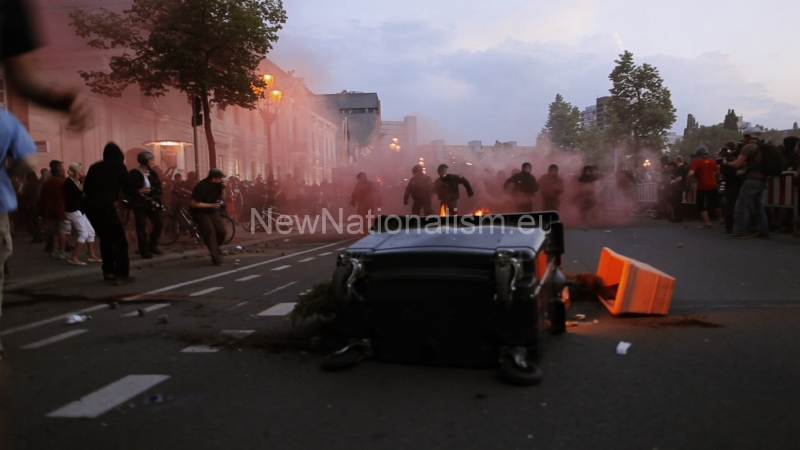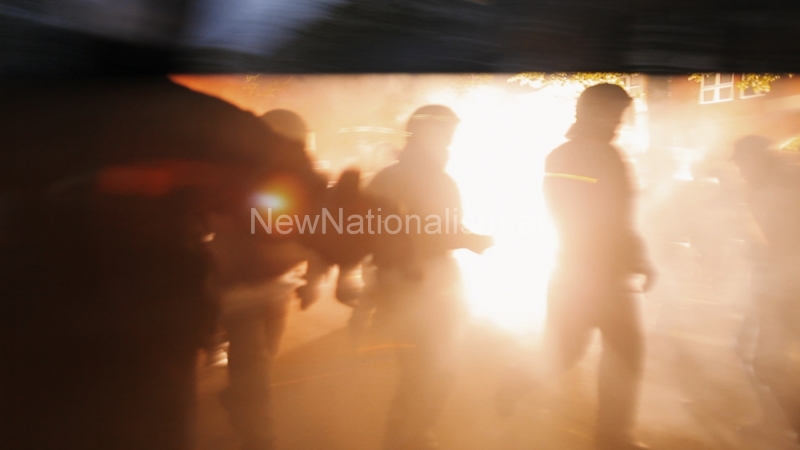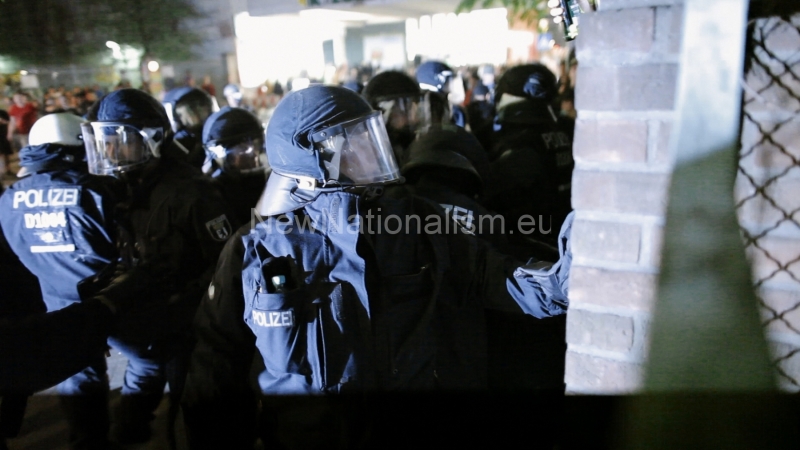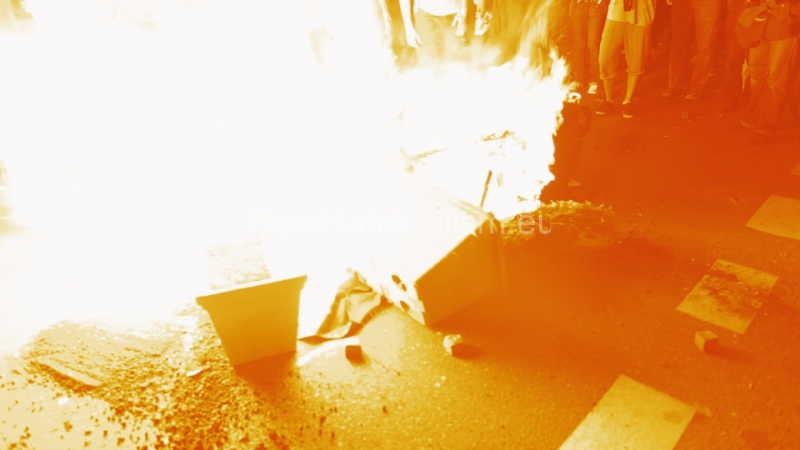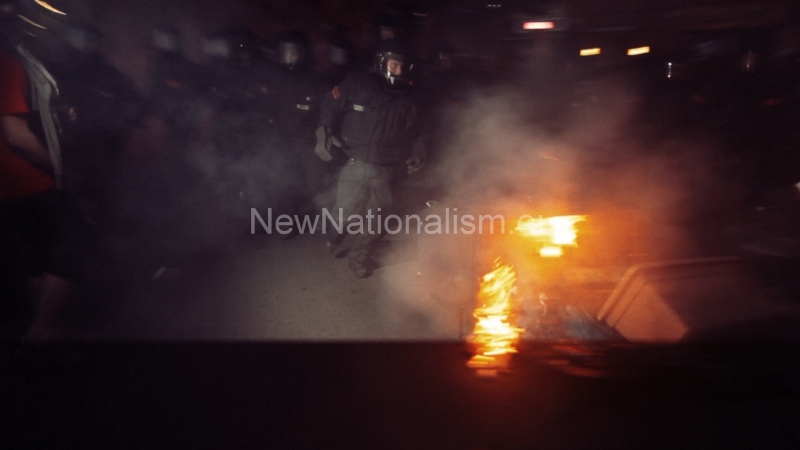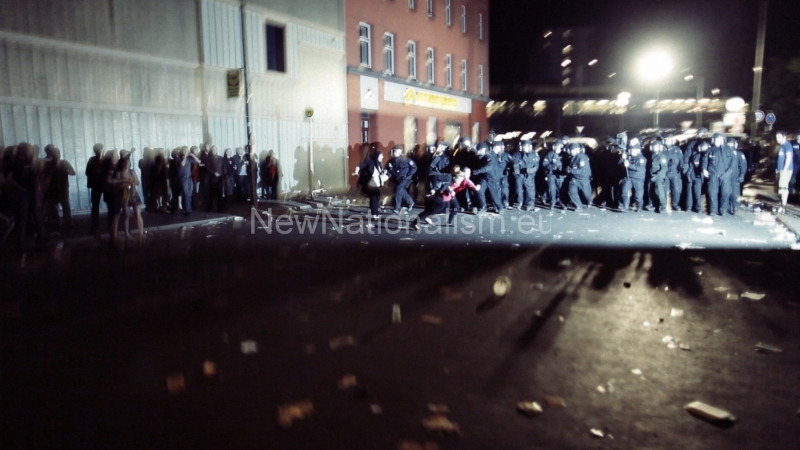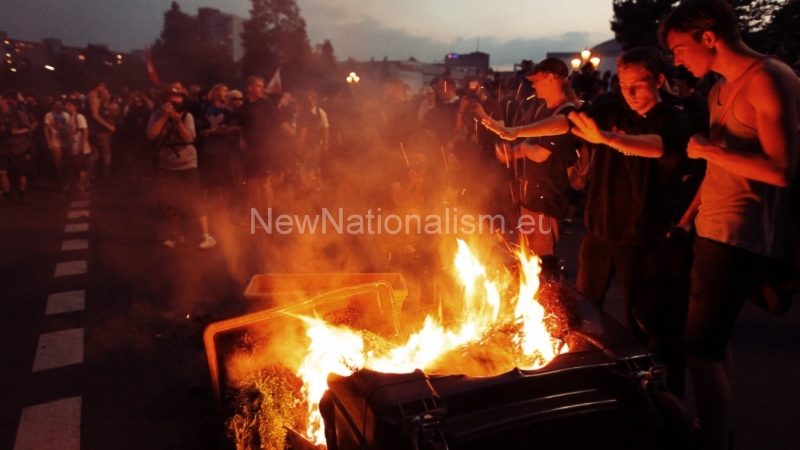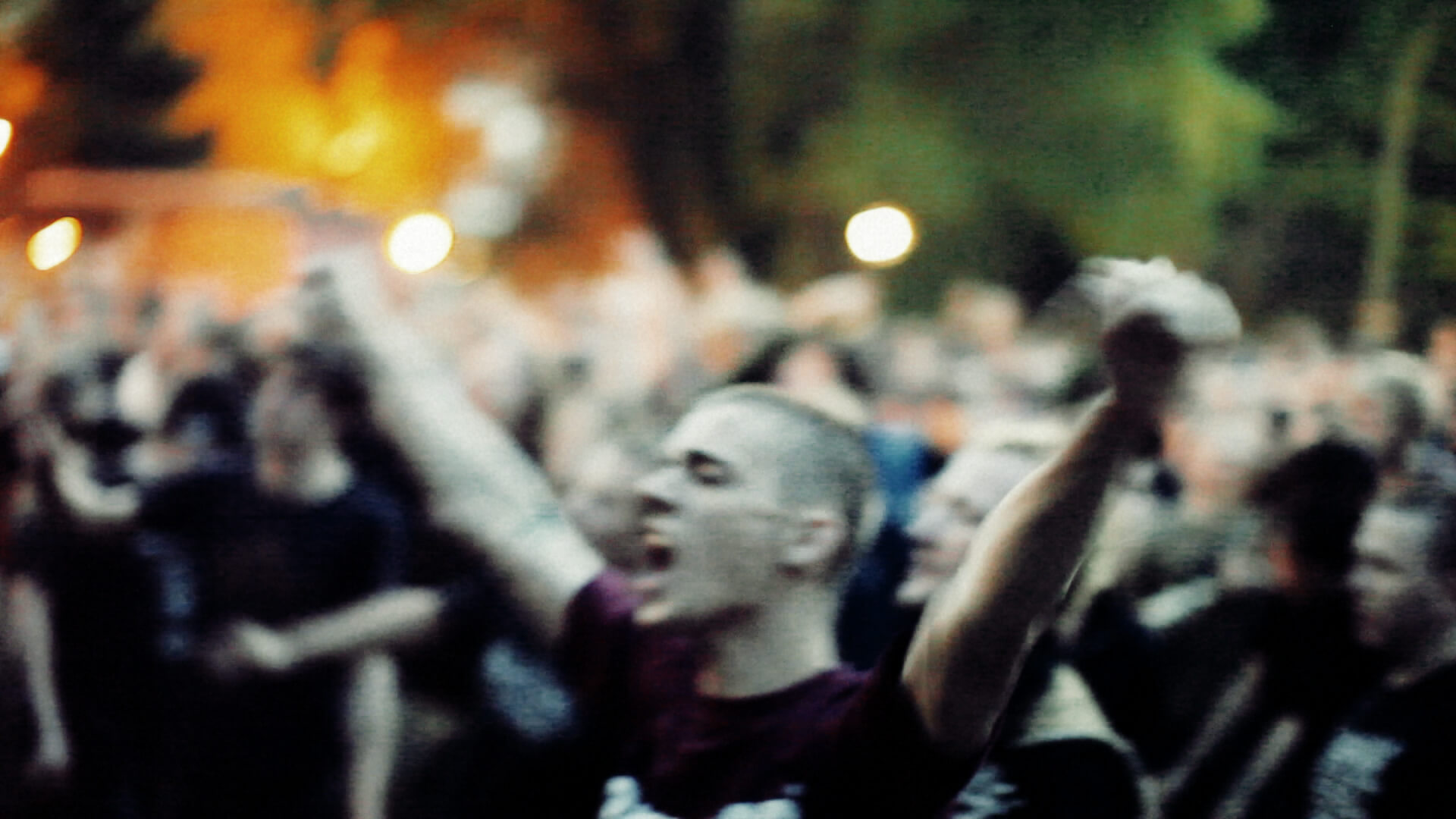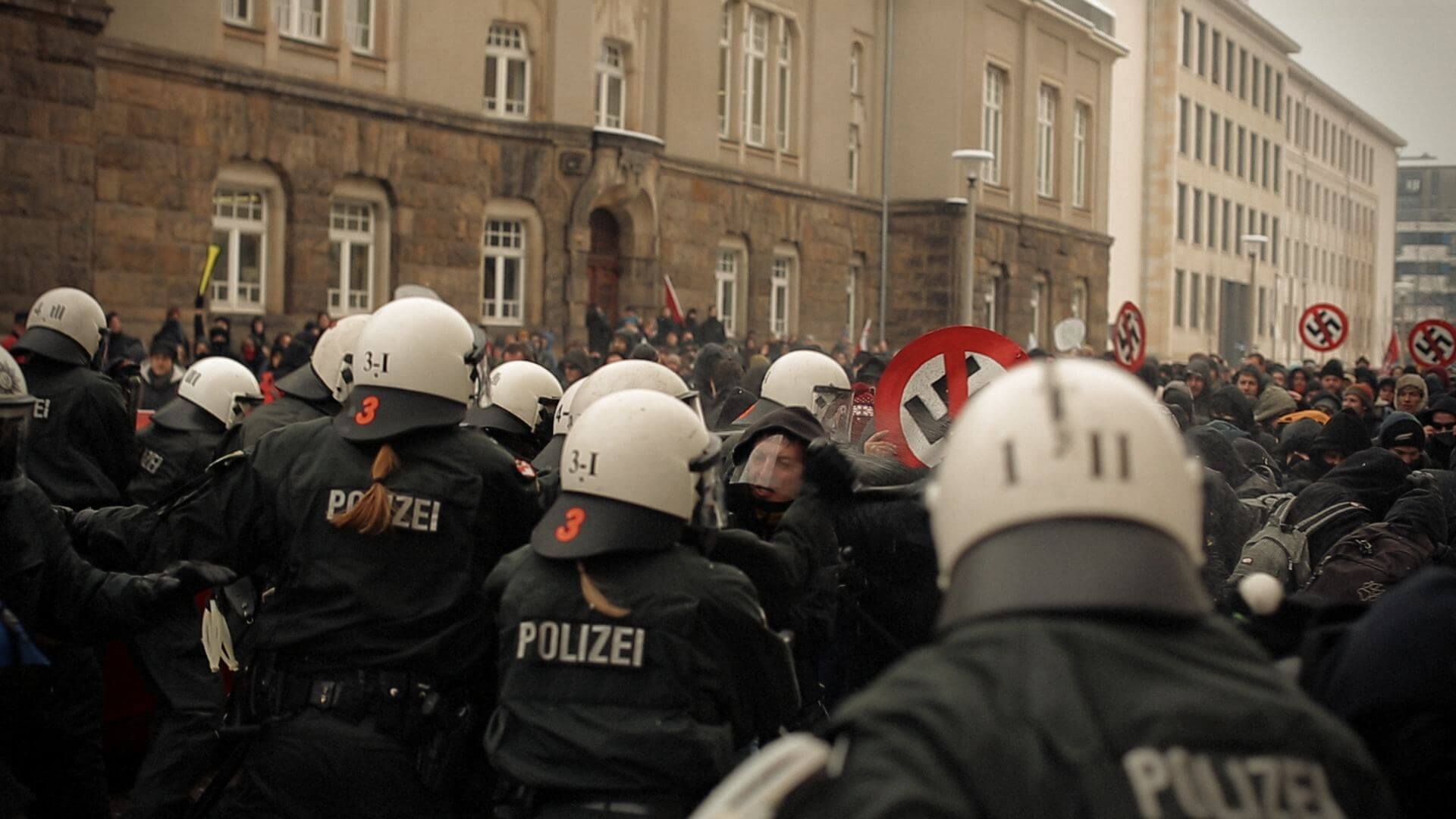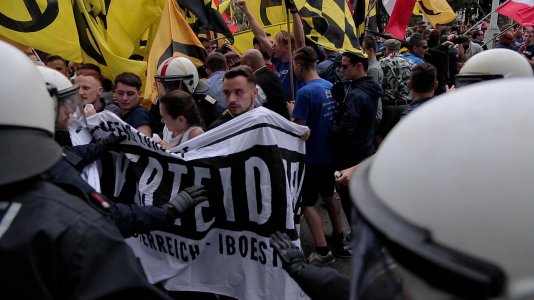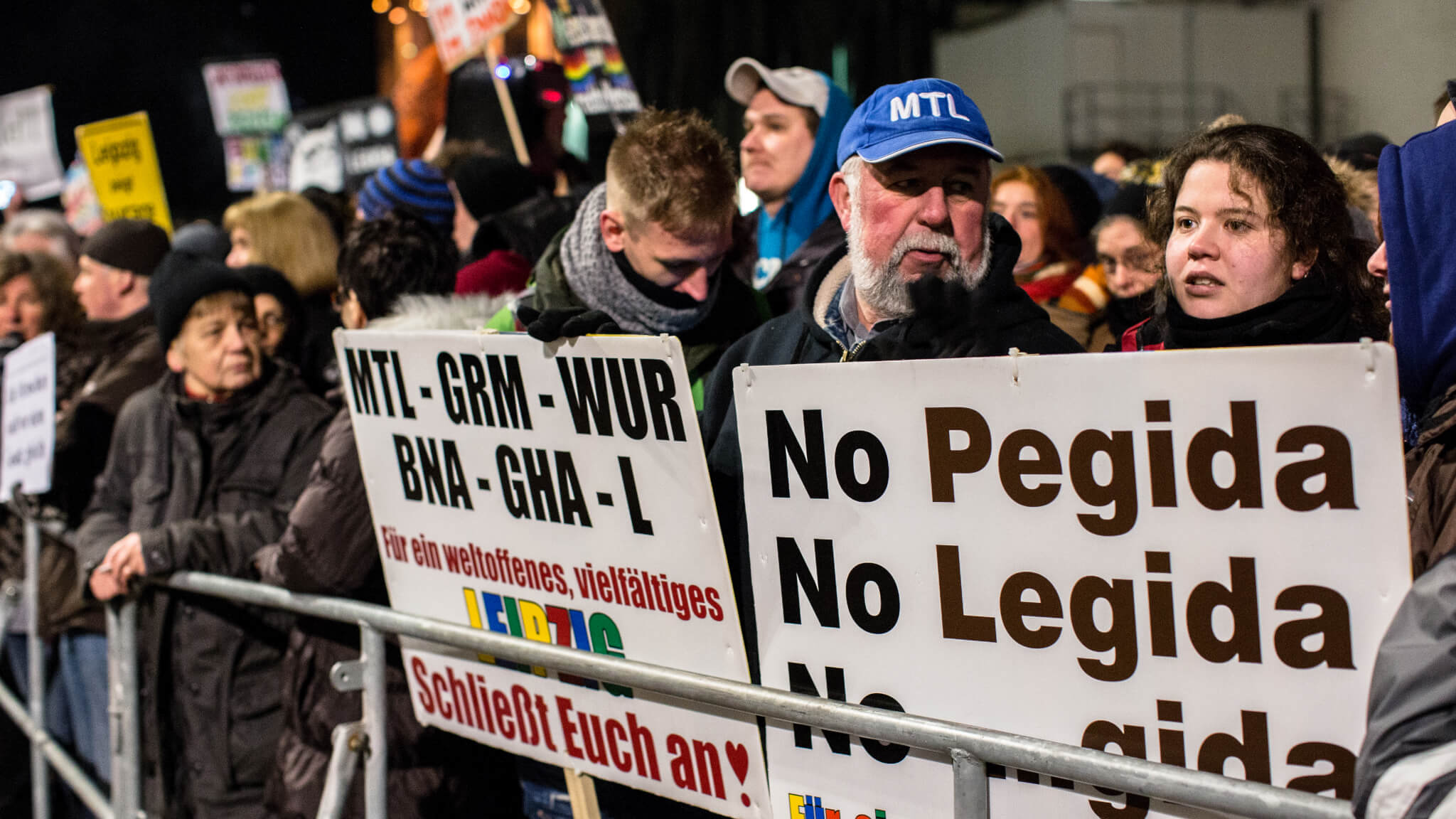On May 1st, Berlin’s Kreuzberg neighborhood became the scene of traditional leftist May Day demonstrations, with thousands of people taking to the streets to protest against social inequality, low wages, and further social cuts. Despite the peaceful nature of the earlier rallies, the situation escalated later in the day, with clashes between protesters and police officers.
The police responded with pepper spray, water cannons, and arrests, and more than 7,000 police officers were deployed throughout Berlin trying to restore order. The clashes were a reminder of the May Day protests in Berlin, which were especially violent in the 1980s and early 1990s.
Earlier in the day, hundreds of thousands of people took part in the traditional May Day marches and rallies in numerous German cities. Germany’s powerful labor unions had called for demonstrations and protest marches across the country.
May Day has a long history as a labor day throughout Europe, with workers organizing rallies and marches to demand better working conditions and pay. In recent years, the protests have taken on a more political tone, with many demonstrators also calling for social justice and an end to discrimination. Despite the clashes in Kreuzberg, the May Day protests in Berlin and across Germany demonstrated the continuing importance of the labor movement and the need for social and economic reform.
















